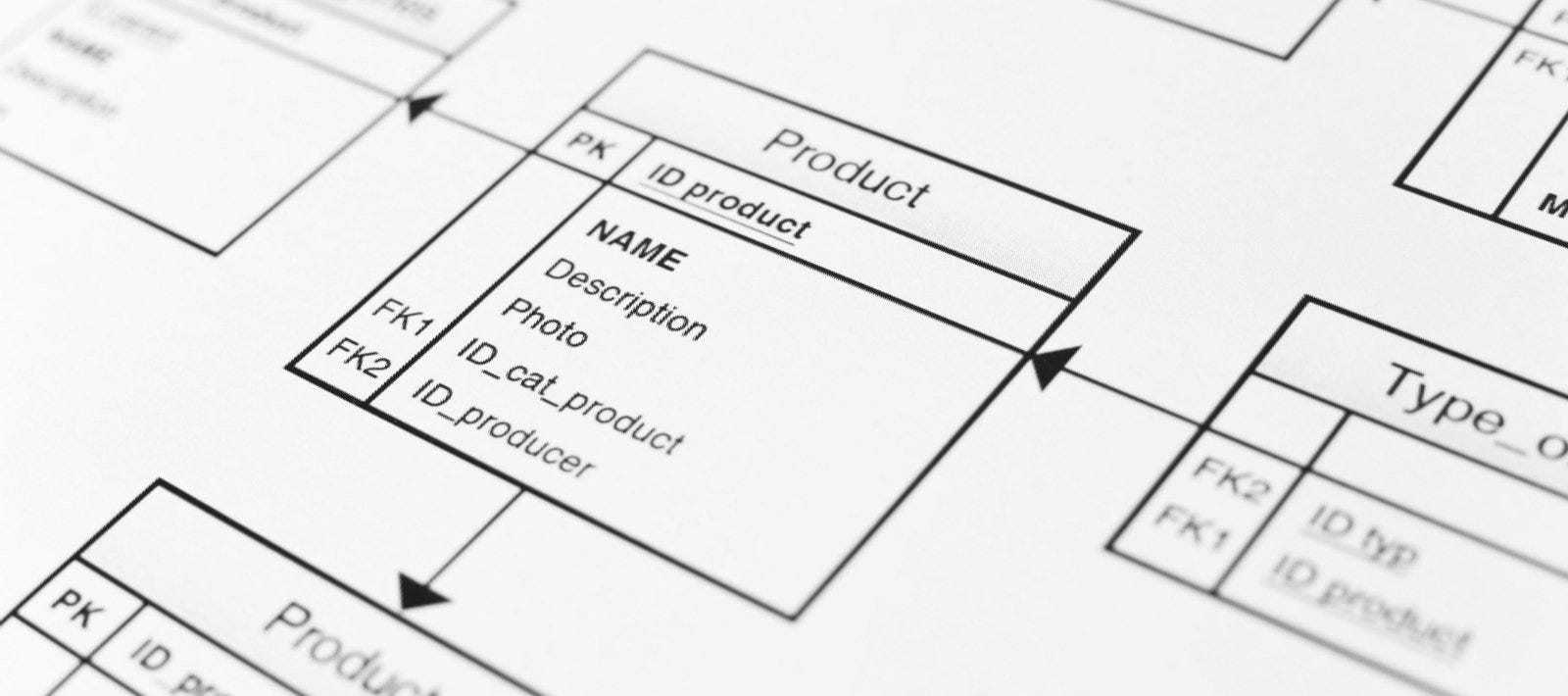In today’s digital age, documents play a crucial role in various aspects of our lives. From personal to professional settings, documents are used to convey information, record data, and facilitate communication. Understanding the different types of documents and their purposes is essential for effective communication and efficient organization. In this article, we will explore the various types of documents commonly encountered in different contexts, providing a comprehensive guide to help you navigate the world of documentation.
1. Legal Documents
Legal documents are essential for establishing and protecting legal rights and obligations. They are often drafted by legal professionals and require precision and accuracy. Examples of legal documents include contracts, agreements, wills, deeds, and court pleadings. These documents serve as evidence and provide a framework for resolving disputes or enforcing legal rights. Legal documents must adhere to specific formatting and language conventions to ensure their validity and enforceability.
When drafting legal documents, it is crucial to consult with a legal professional to ensure compliance with applicable laws and regulations. Any ambiguity or error in these documents can have significant consequences, so attention to detail is paramount.
2. Business Documents
Businesses rely on various types of documents to facilitate their operations and maintain records. These documents include business plans, proposals, invoices, financial statements, memos, and reports. Business documents serve as a means of communication within an organization and with external stakeholders such as clients, suppliers, and investors.
Business documents should be clear, concise, and well-organized to convey information effectively. They often follow specific templates or formats to maintain consistency and professionalism. In addition to traditional paper-based documents, businesses increasingly use electronic documents for efficiency and accessibility.
3. Academic Documents
Academic documents are central to the education system and scholarly pursuits. These documents include research papers, essays, dissertations, theses, and academic articles. Academic documents serve to present research findings, support arguments, and contribute to the body of knowledge in a particular field.
When writing academic documents, it is crucial to adhere to specific citation styles, such as APA, MLA, or Chicago, to provide proper credit to sources and maintain academic integrity. These documents often undergo rigorous peer review processes before publication to ensure quality and accuracy.
4. Personal Documents
Personal documents are used for individual purposes and often involve sensitive information. Examples of personal documents include resumes, cover letters, personal letters, and personal financial records. These documents are essential for job applications, personal correspondence, and financial management.
Personal documents should be tailored to the specific purpose and audience. Resumes and cover letters, for example, should highlight relevant skills and experiences to attract potential employers. Personal financial records should be kept secure and updated regularly to ensure accurate financial management.
Conclusion:
Documents are an integral part of our daily lives, serving various purposes in different contexts. Whether it’s legal documents for establishing rights, business documents for communication and record-keeping, academic documents for scholarly pursuits, or personal documents for individual needs, understanding the different types of documents is crucial for effective communication and organization.
When dealing with any type of document, attention to detail, clarity, and adherence to applicable conventions are essential. Whether you are drafting a legal contract, writing a business report, conducting academic research, or preparing personal documents, taking the time to understand the specific requirements and purpose of each document will ensure their effectiveness and reliability.



